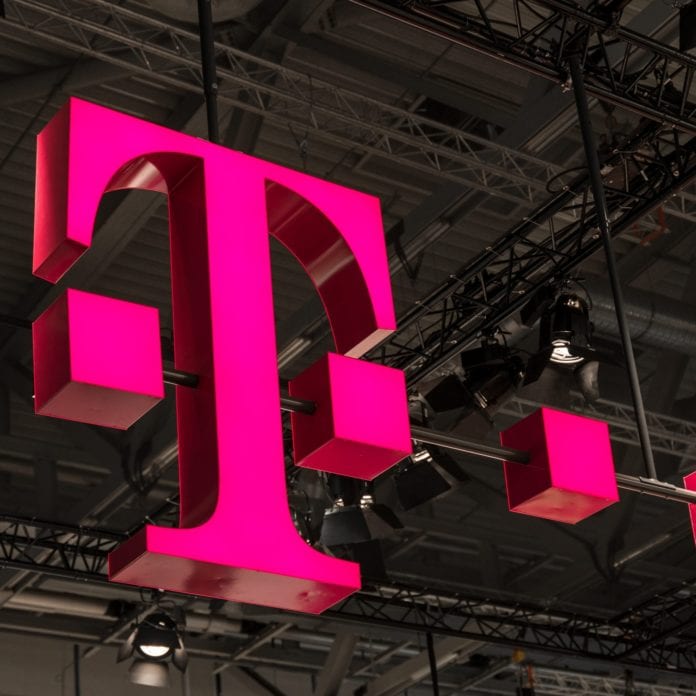German operator Deutsche Telekom has switched on its first Open-RAN (O-RAN) network in the country, the telco said in a release.
The so-called “O-RAN Town”, which has been deployed in the city of Neubrandenburg, Germany, is a multi-vendor open RAN network that will deliver O-RAN-based 4G and 5G services across up to 25 sites. The first sites are now deployed and integrated into the live network of Deutsche Telekom.
Claudia Nemat, board member for technology and innovation with Deutsche Telekom, said: “Switching on our O-RAN Town including massive MIMO is a pivotal moment on our journey to drive the development of open RAN as a competitive solution for macro deployment at scale. This is just the start. We will expand O-RAN Town over time with a diverse set of supplier partners to further develop our operational experience of high-performance multi-vendor open RAN.”
The telco explained that the integration, testing and the lifecycle management of components is challenging, as the hardware and software components in a multi-vendor open RAN are coming from different vendors.
To address this challenge, Deutsche Telekom has developed and introduced a vendor-independent Service Management and Orchestration (SMO), using ONAP open source as the foundation, for service automation across all network domains. Deutsche Telekom is developing the SMO to be the center piece for full life-cycle management (LCM) of all O-RAN components.
“Another key goal with O-RAN is to benefit from automation. In the near future, we can more flexibly add new network features, resolve traffic issues or intelligently reduce power consumption,” Nemat said. “Through our independent management framework, we are getting operational experience of utilizing automation to address the integration challenge, complexity and improving outcomes in a truly multi-vendor O-RAN system,” the executive added.
The carrier said that the first live sites at O-RAN Town were built using equipment from Dell, Fujitsu, Intel, Mavenir, NEC and Supermicro. The remote radio units (O-RU) are provided by Fujitsu and NEC, including Fujitsu’s LTE and 5G NR O-RUs and NEC’s 32T32R 5G massive MIMO (mMIMO) radio units (RU) conforming to O-RAN Alliance fronthaul specifications, embedded with advanced beamforming technologies.
Mavenir provided the cloud-native baseband software for the 4G and 5G distributed units (O-DU) and central units (O-CU), including for the mMIMO radio units. The virtualized baseband software is running on standard server hardware provided by Dell and Supermicro. The entire O-RAN Cloud architecture is built on top of the Intel FlexRAN software architecture, the German carrier said.
Deutsche Telekom said it plans to expand O-RAN Town in phases across 2021 and 2022, working with different sets of vendors. These solutions are currently being tested in the lab to ensure interoperability across all components.

